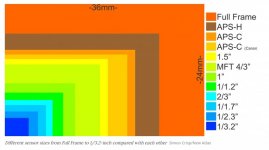I was hoping for some advice. I recorded a school performance yesterday and (seeing as it was the very first time doing this and also the first time really using my Canon to record video) I also recorded with a Huawei P20 phone as a backup option.
So I looked at the end result and the phones video is just so much better. It has plenty of light and the quality looks great. Compared to the Canons video which was either a bit dark or with the higher ISO, not as clear.
I have a Canon EOS 700D with the standard lens that comes with it - EF-S 18-55mm f/3.5-5.6 IS STM lens. I had the shutter speed at 250, ISO at 1600 and 3200 (I tested both) and aperture was at its lowest, at f/5.6.
Any advice on where I went wrong would be great! If it's just a matter of equipment limitations or not the right settings?
So I looked at the end result and the phones video is just so much better. It has plenty of light and the quality looks great. Compared to the Canons video which was either a bit dark or with the higher ISO, not as clear.
I have a Canon EOS 700D with the standard lens that comes with it - EF-S 18-55mm f/3.5-5.6 IS STM lens. I had the shutter speed at 250, ISO at 1600 and 3200 (I tested both) and aperture was at its lowest, at f/5.6.
Any advice on where I went wrong would be great! If it's just a matter of equipment limitations or not the right settings?


